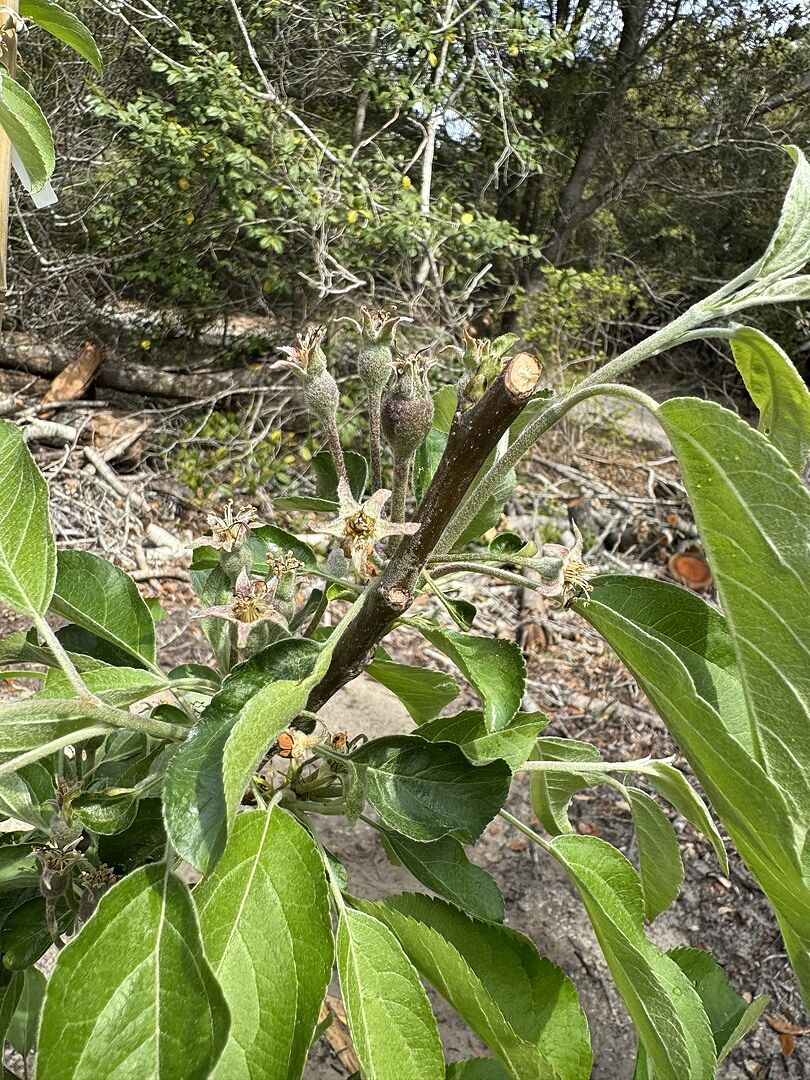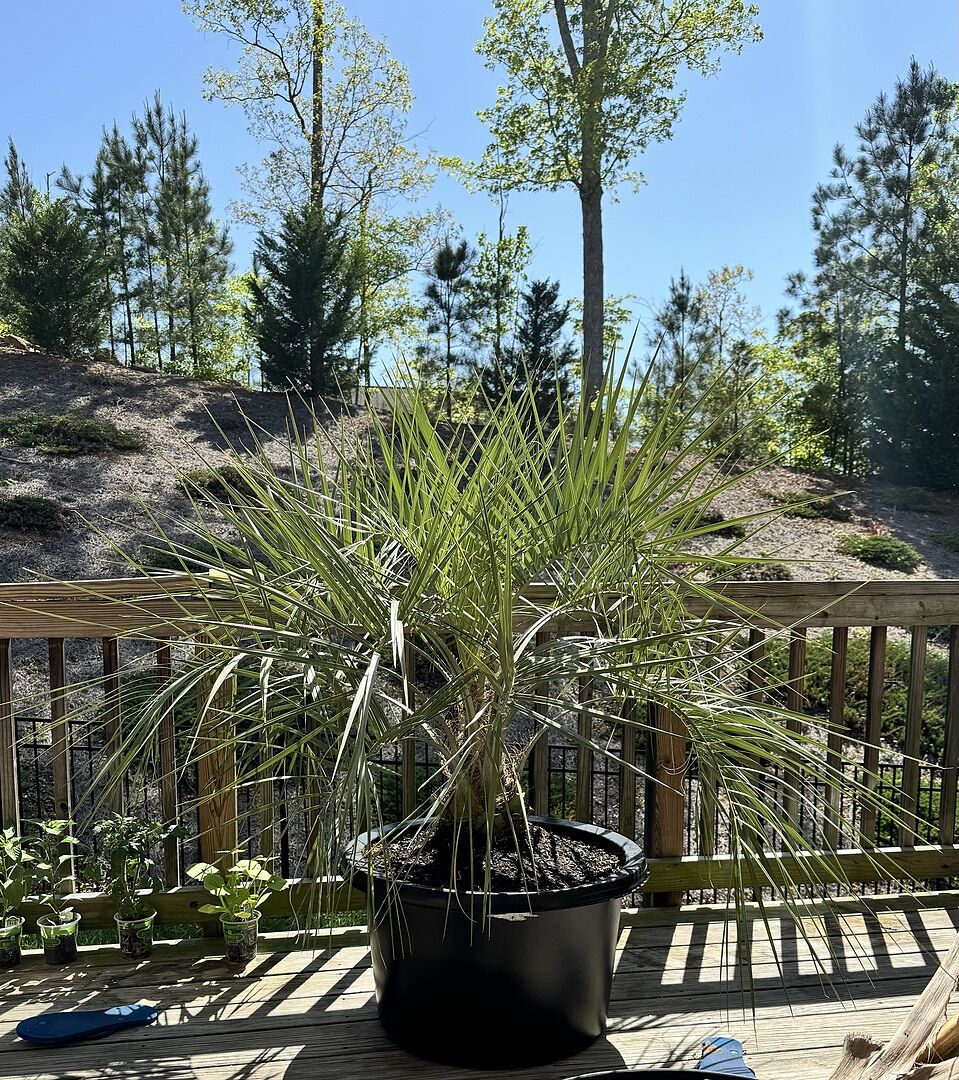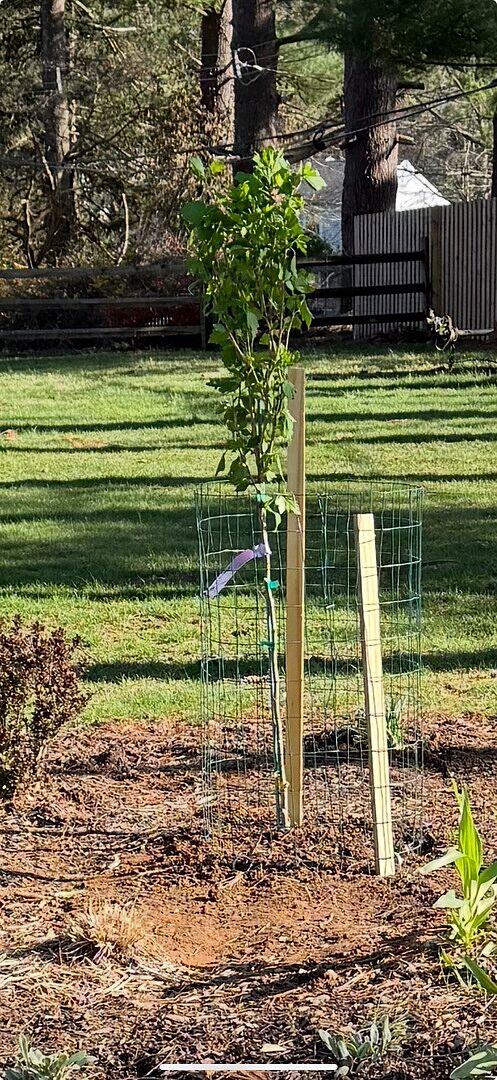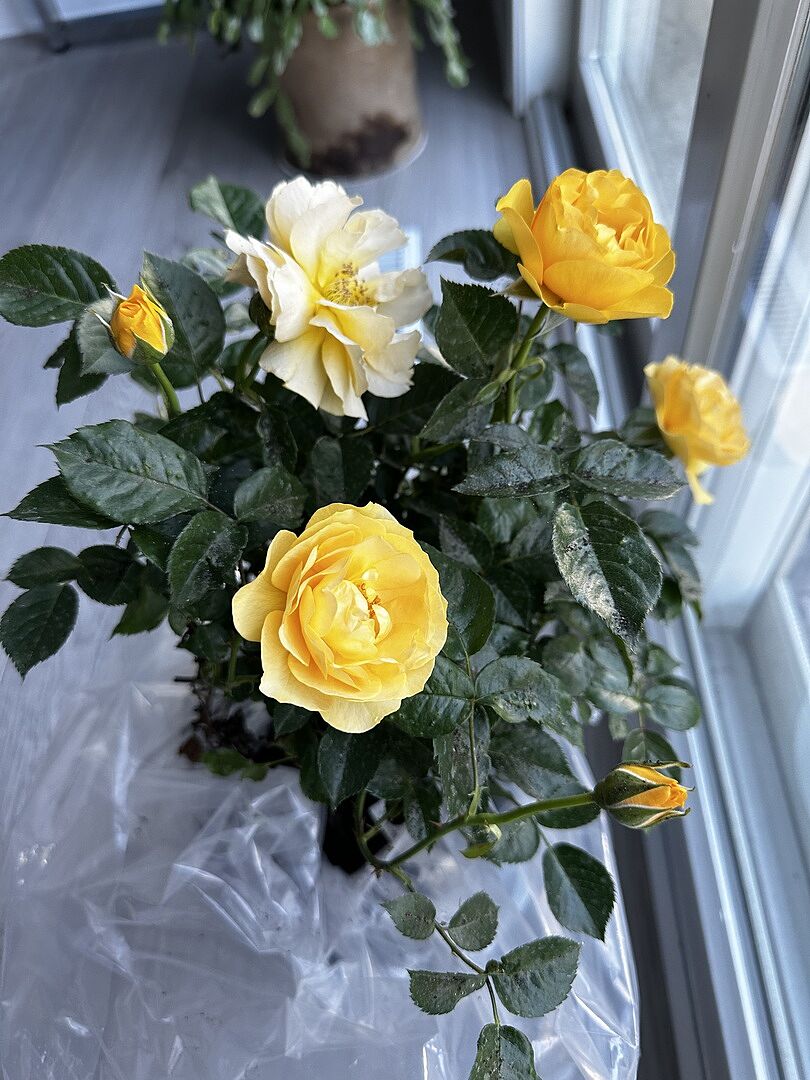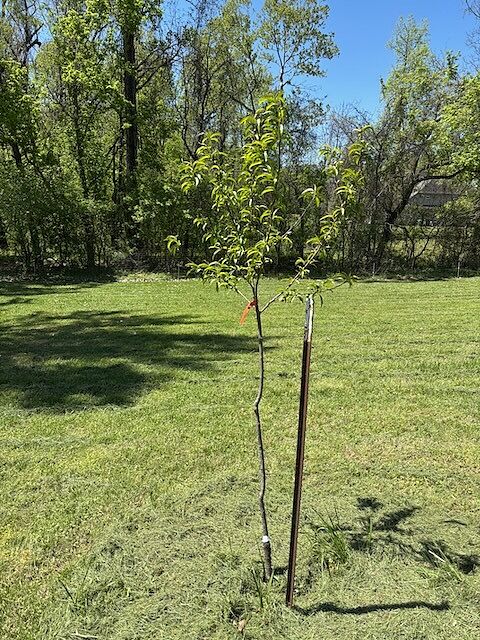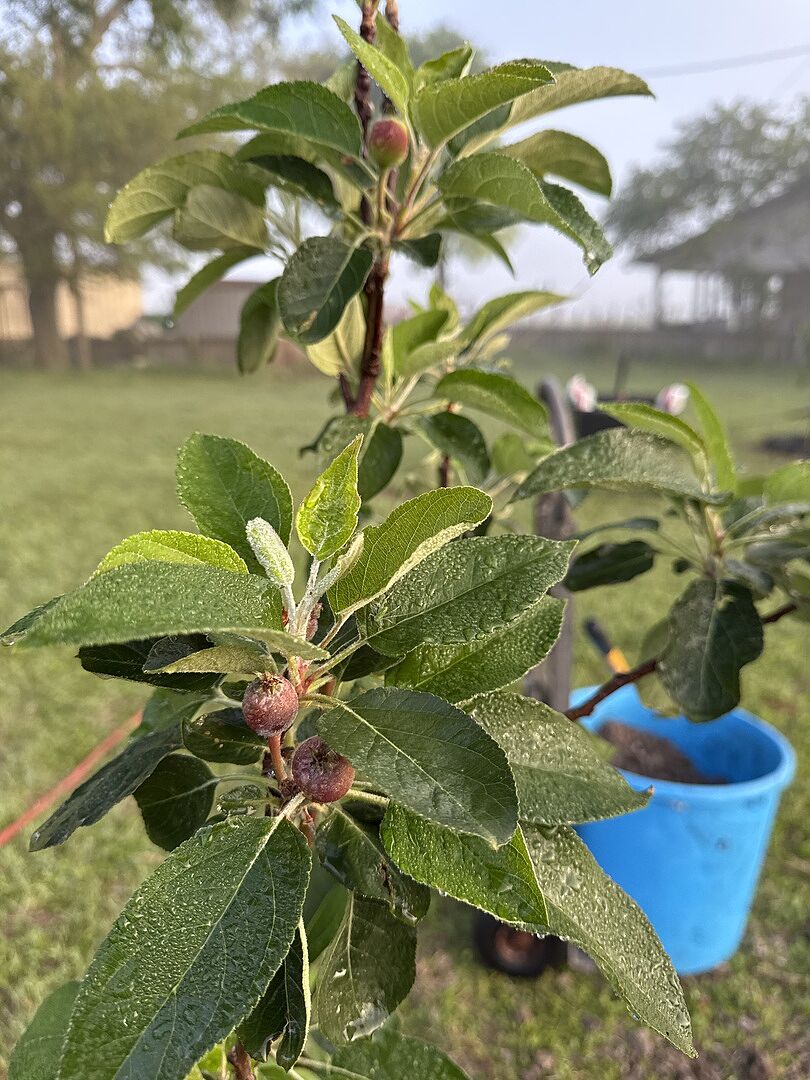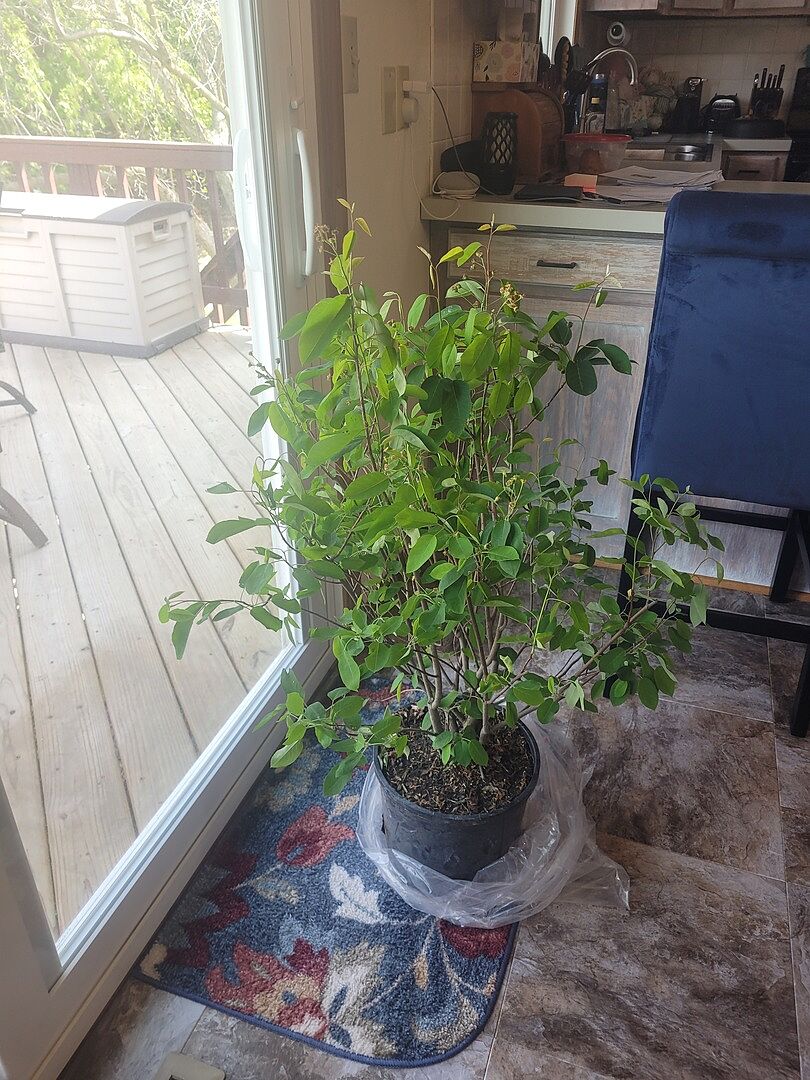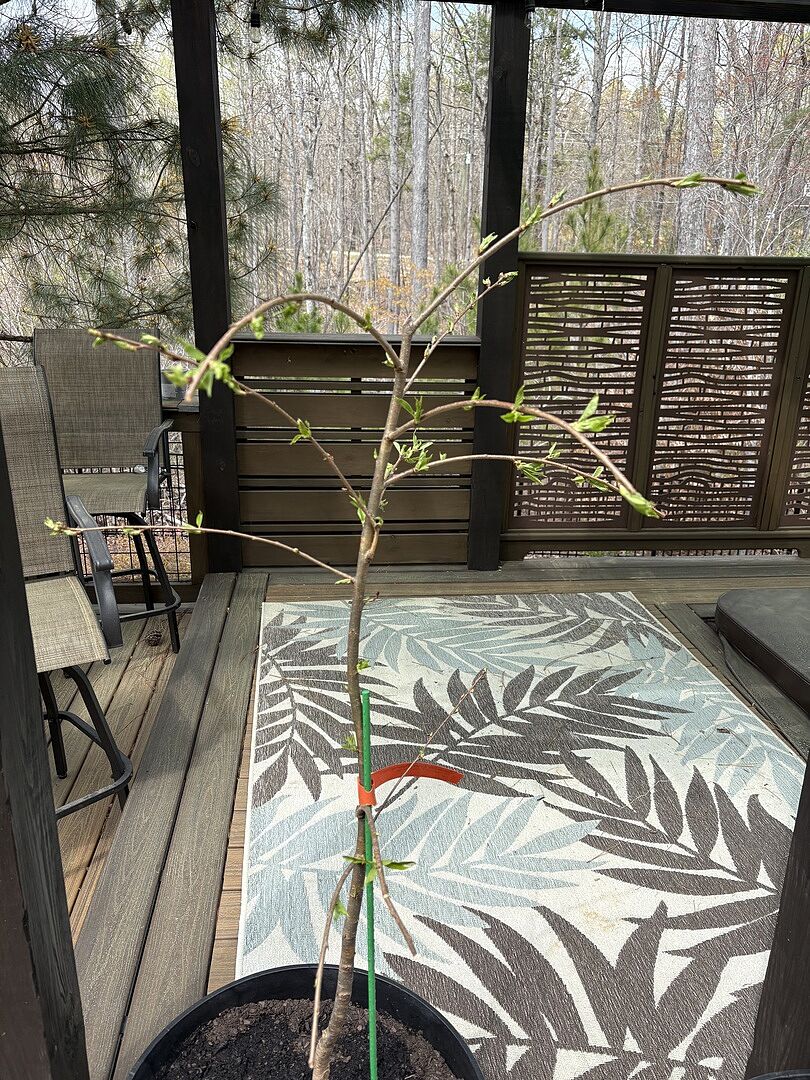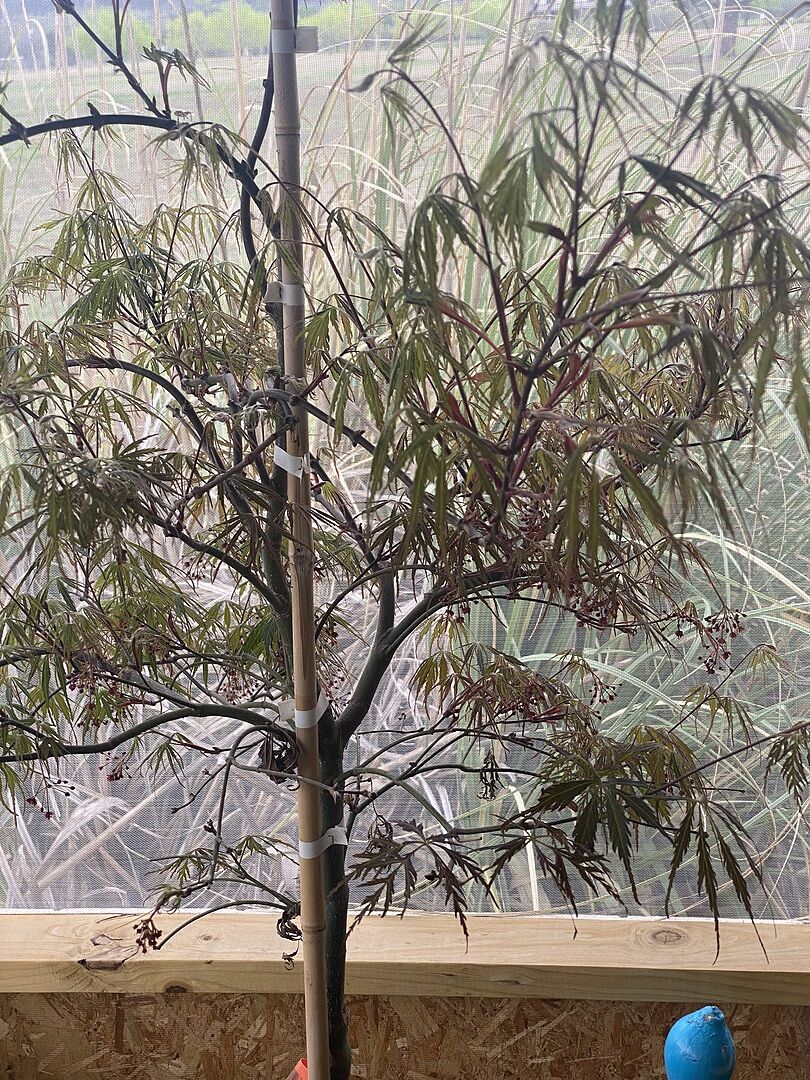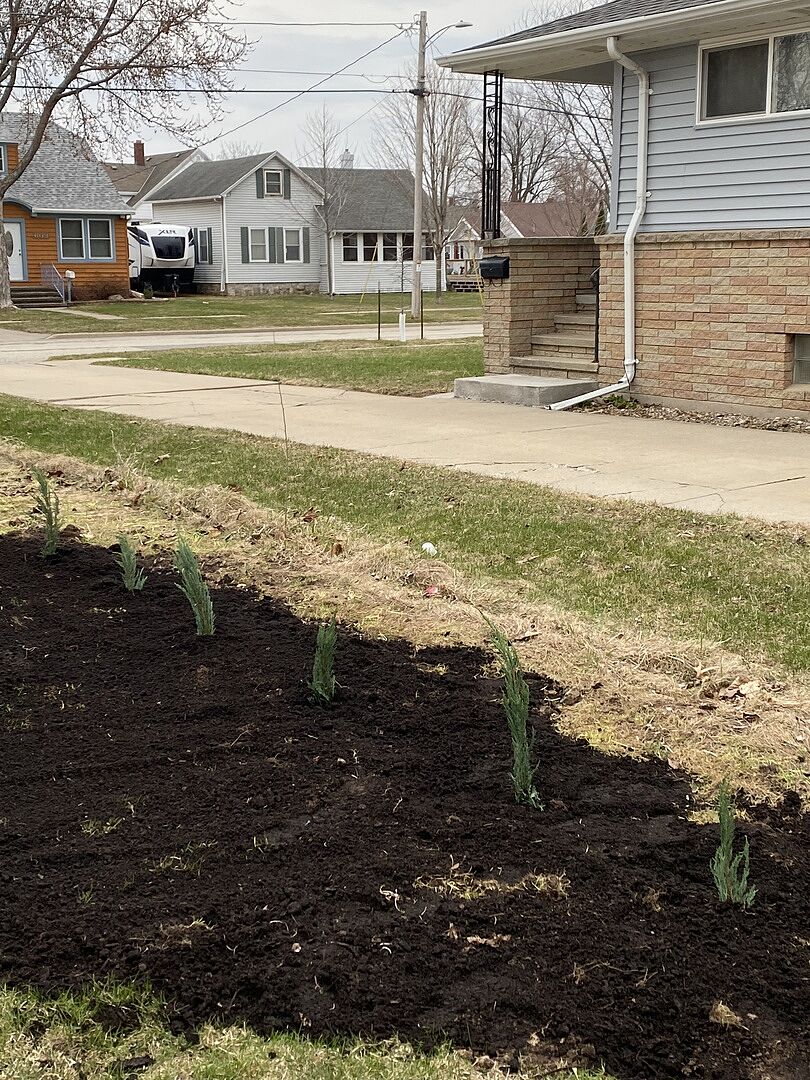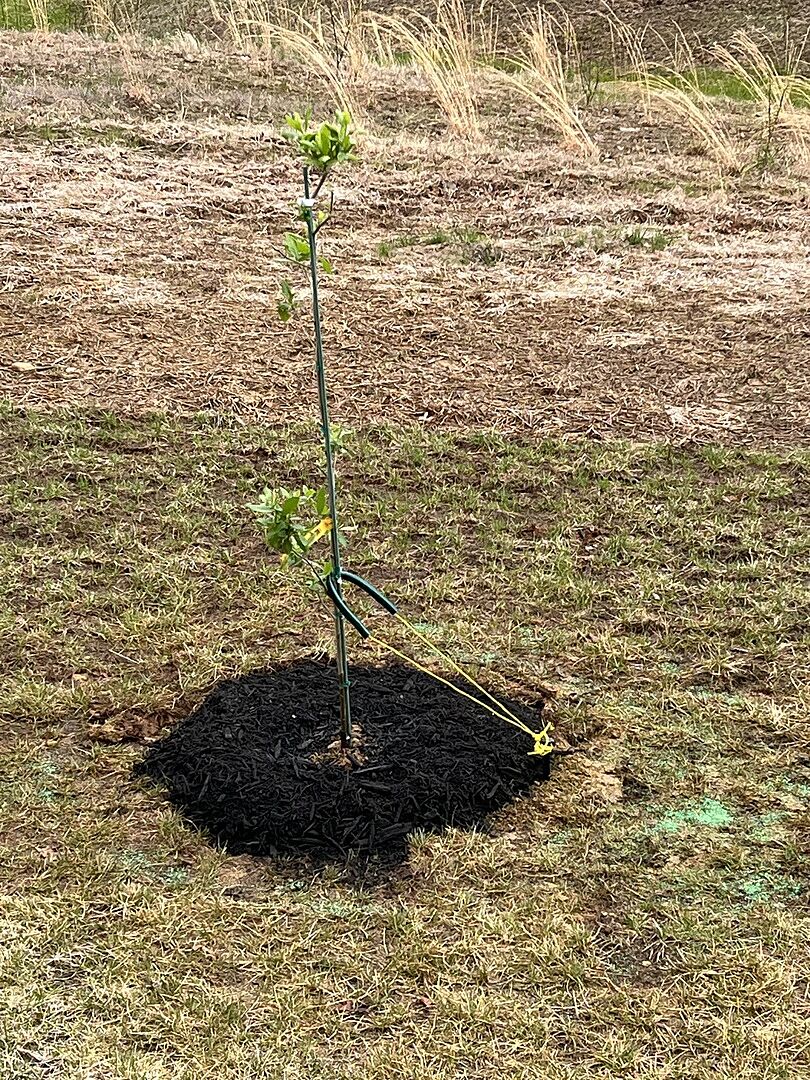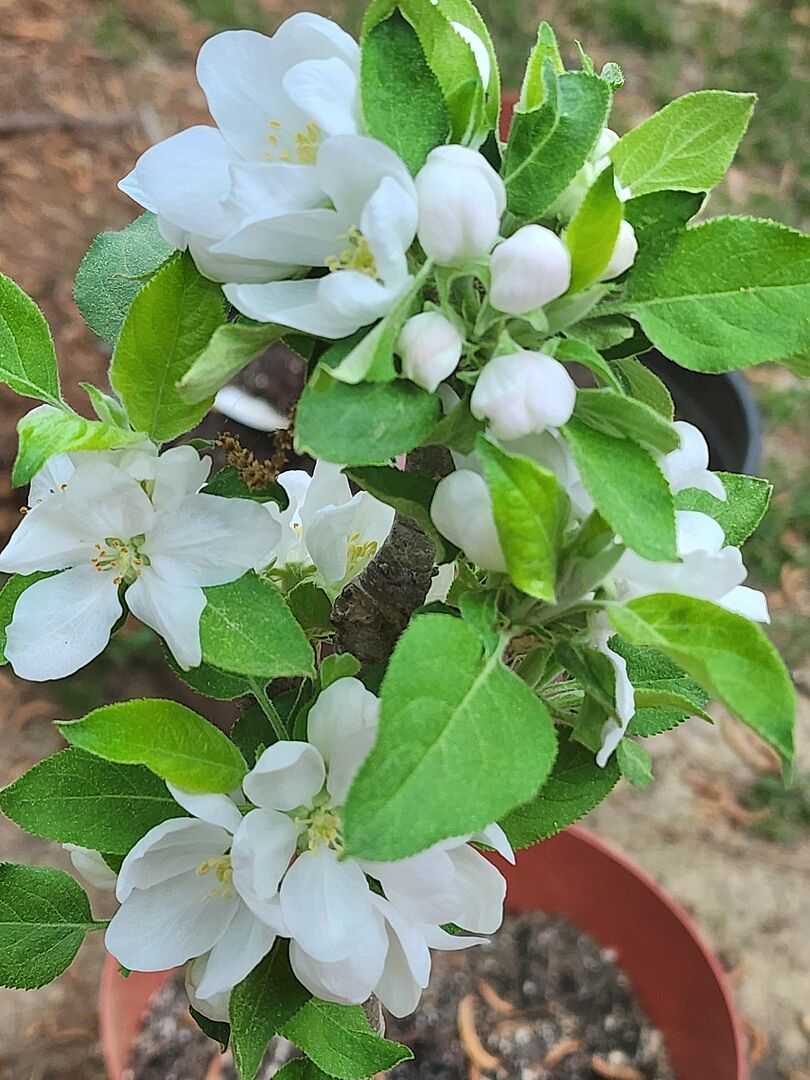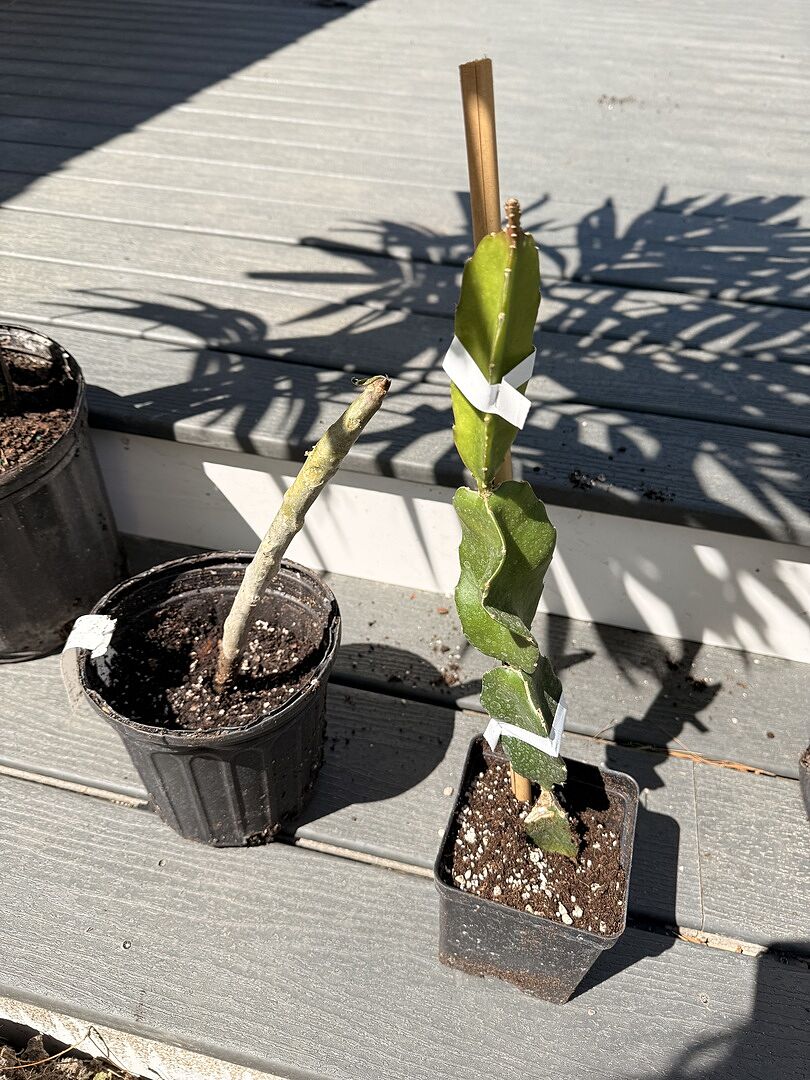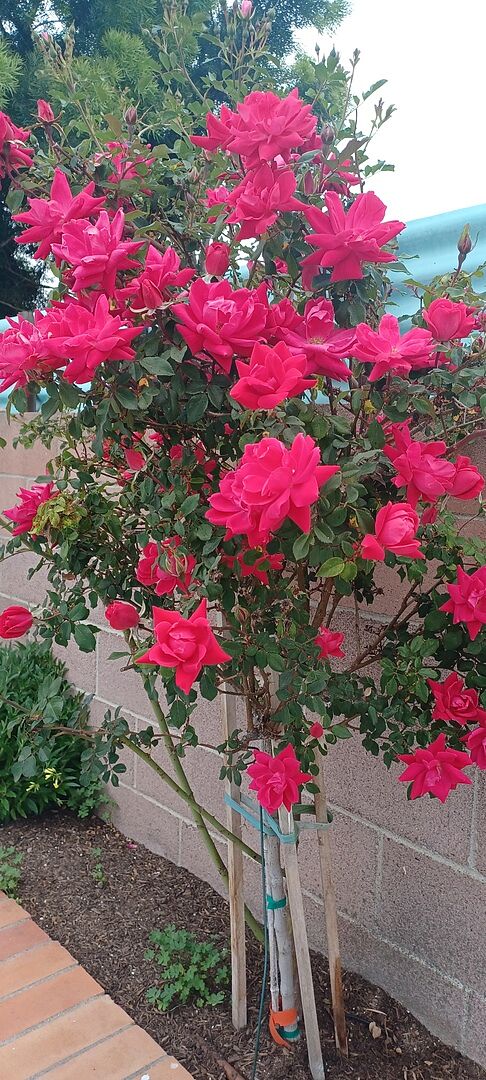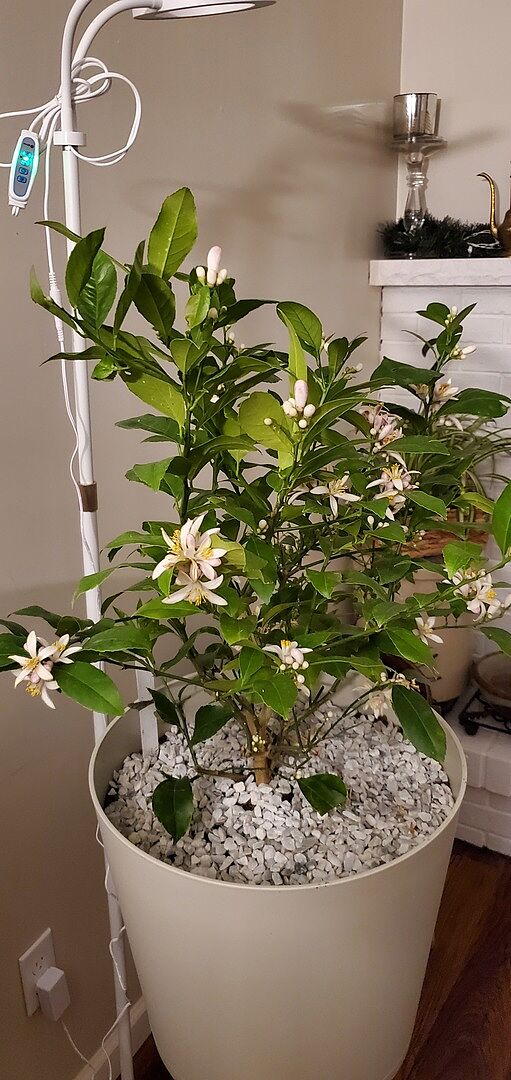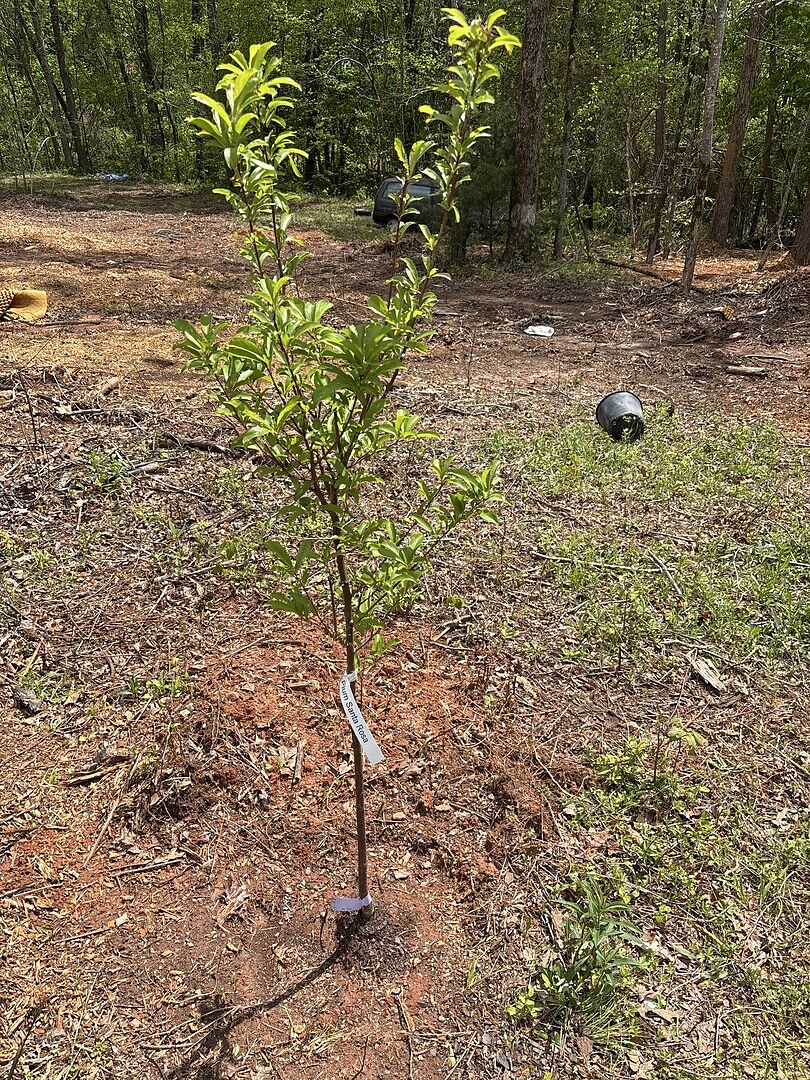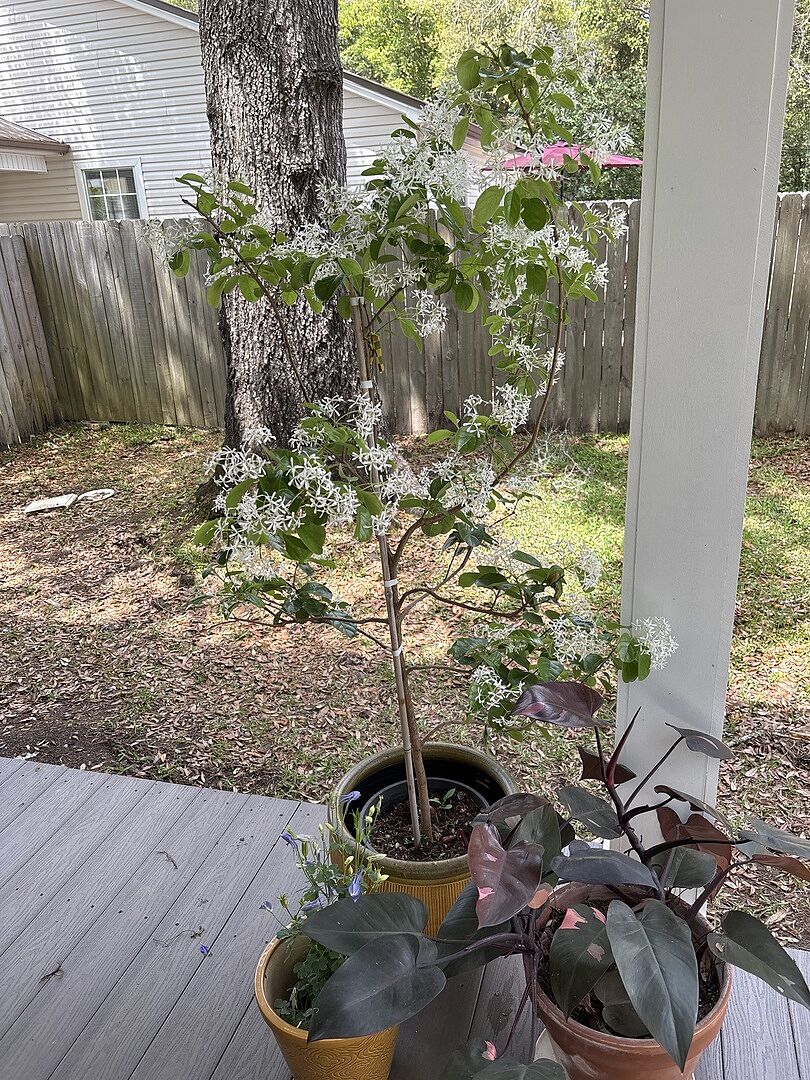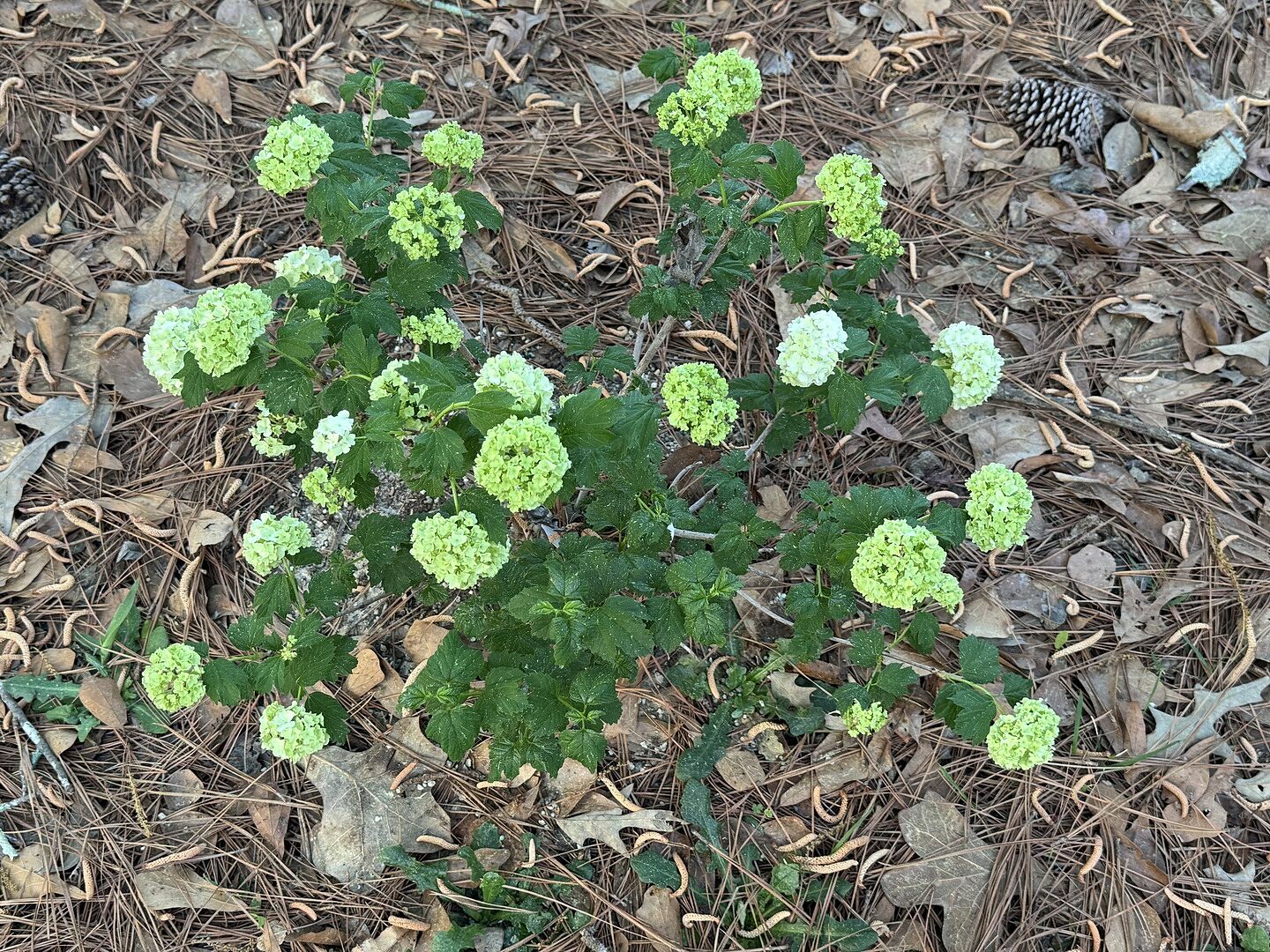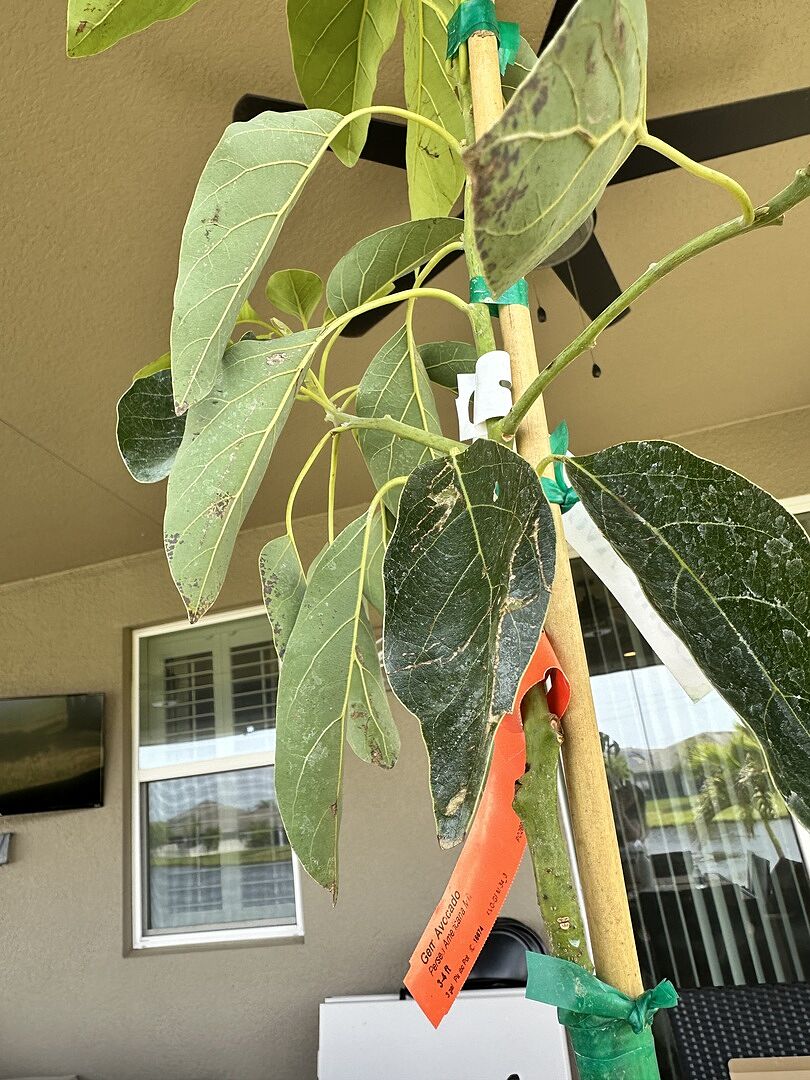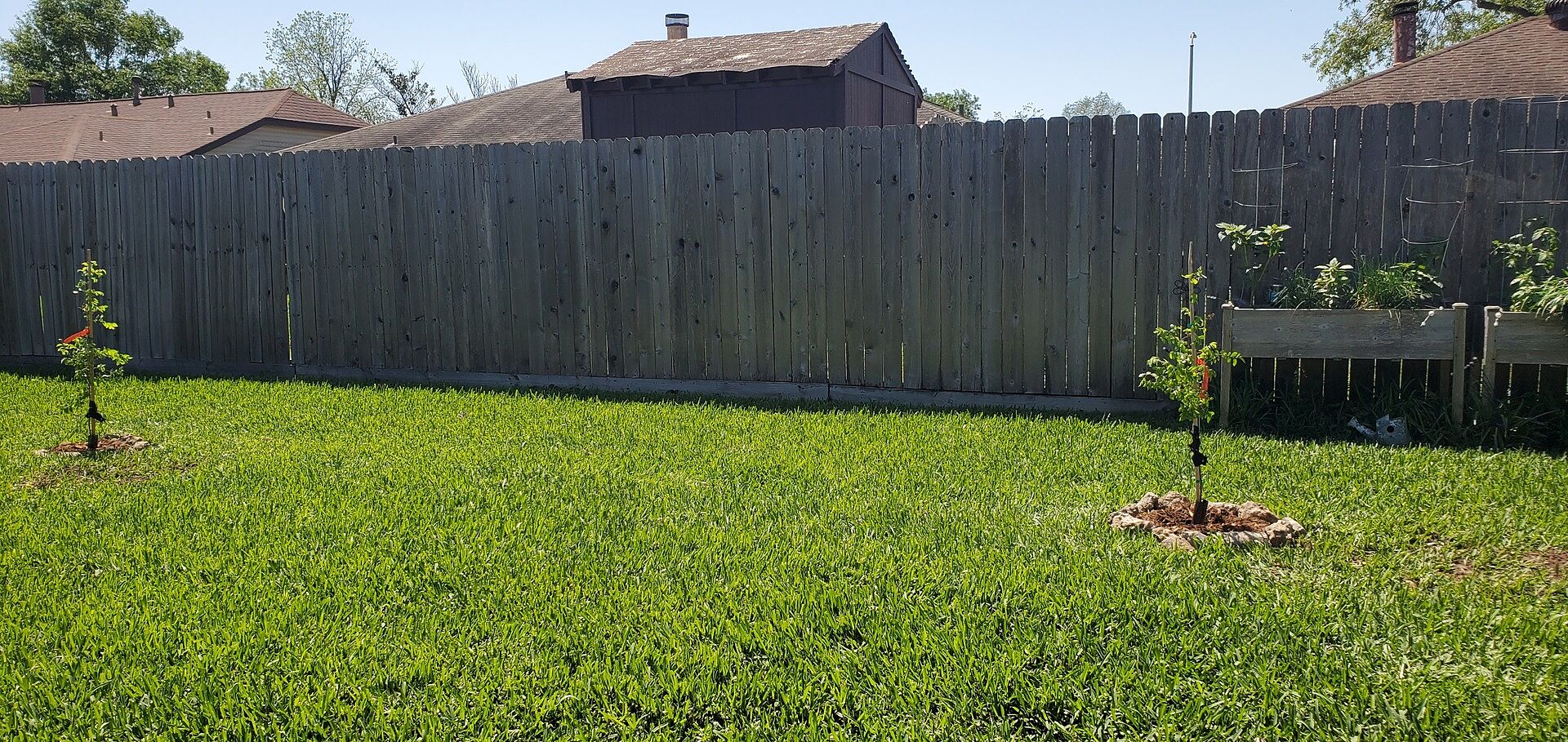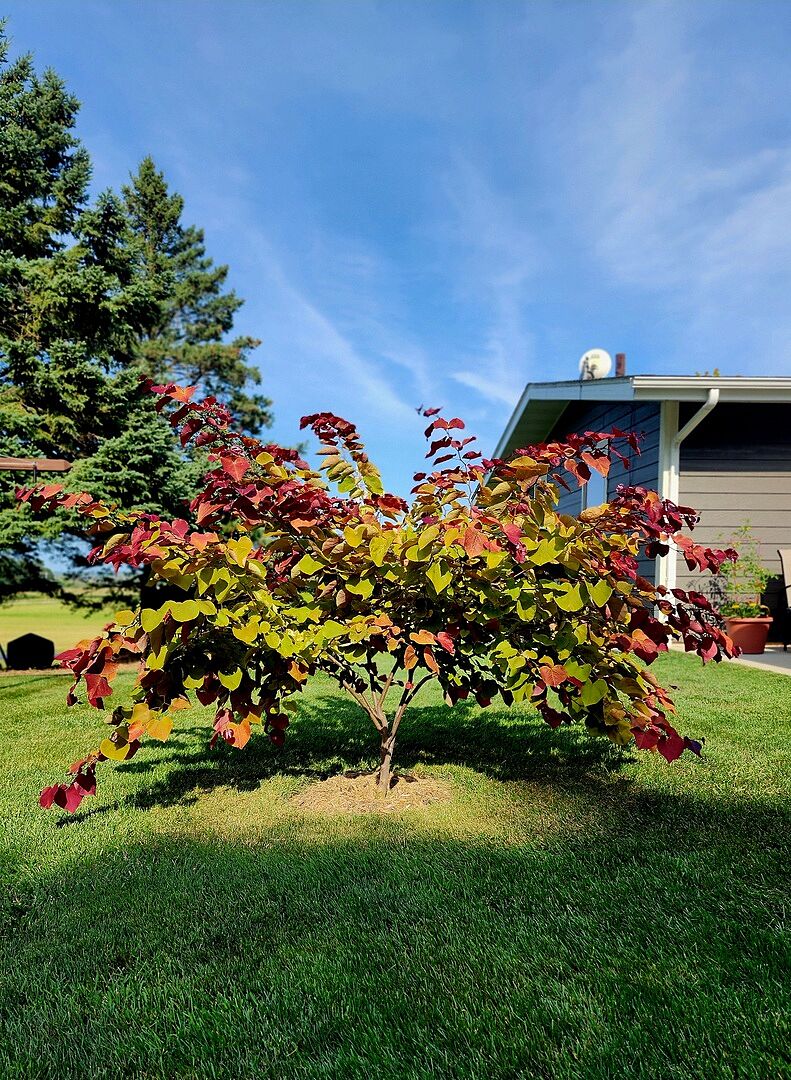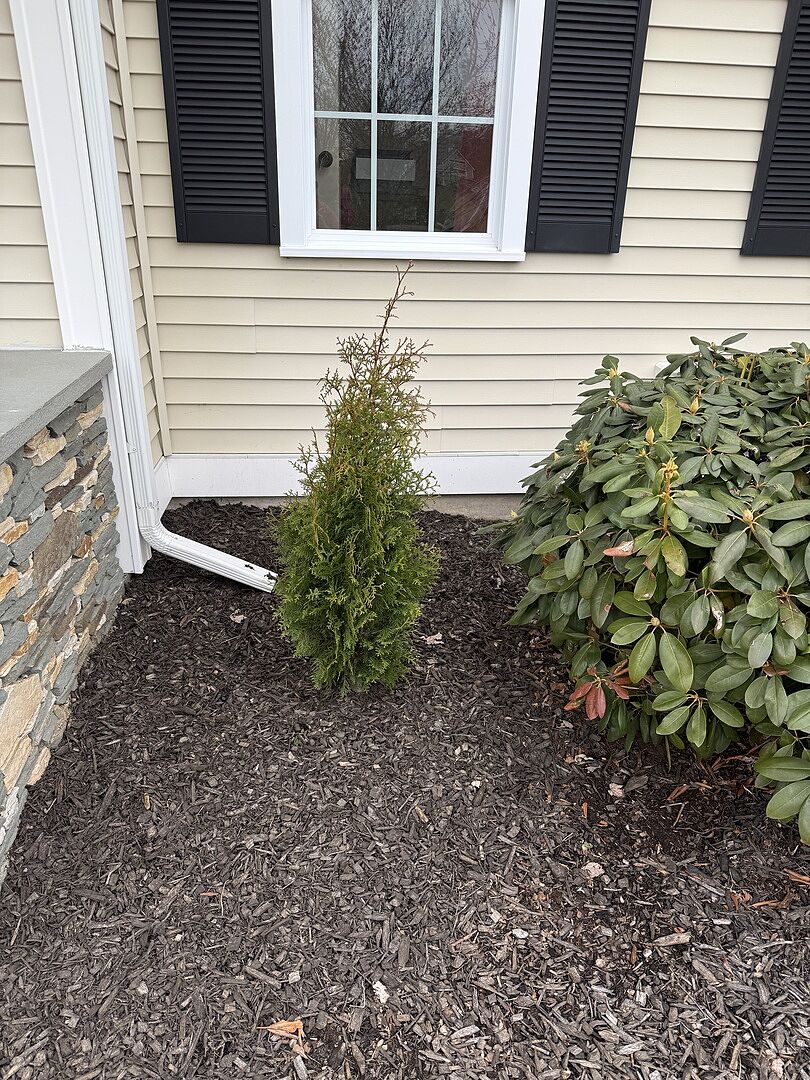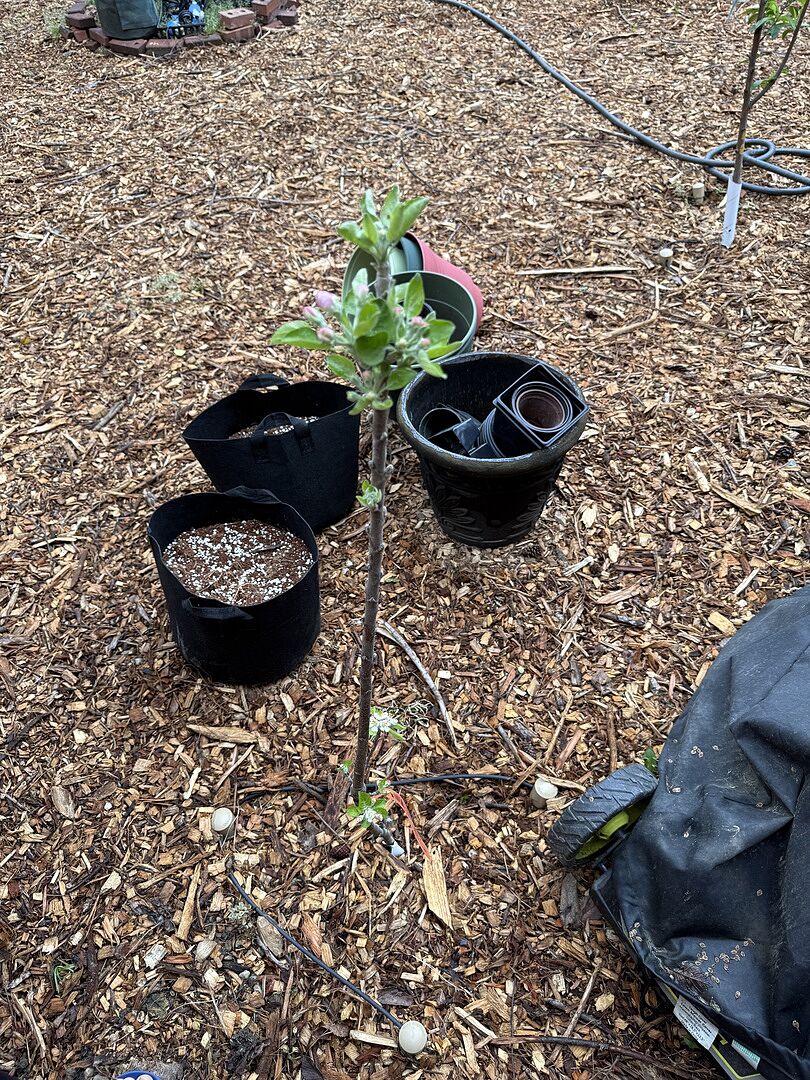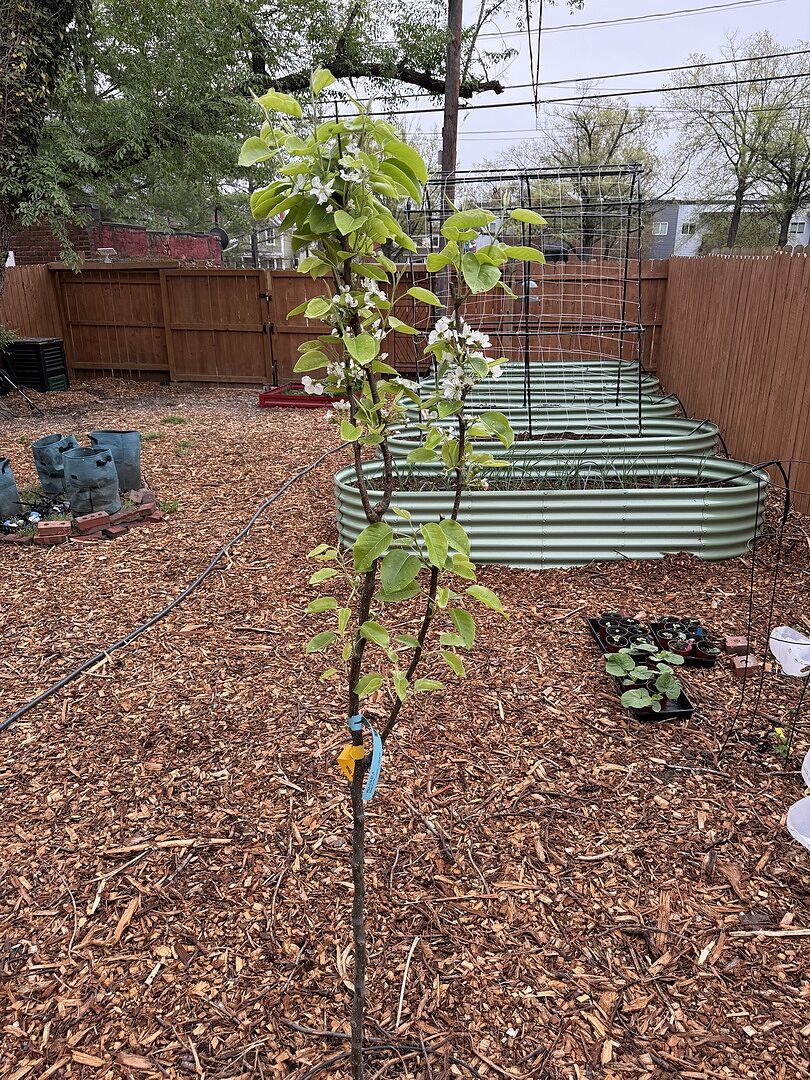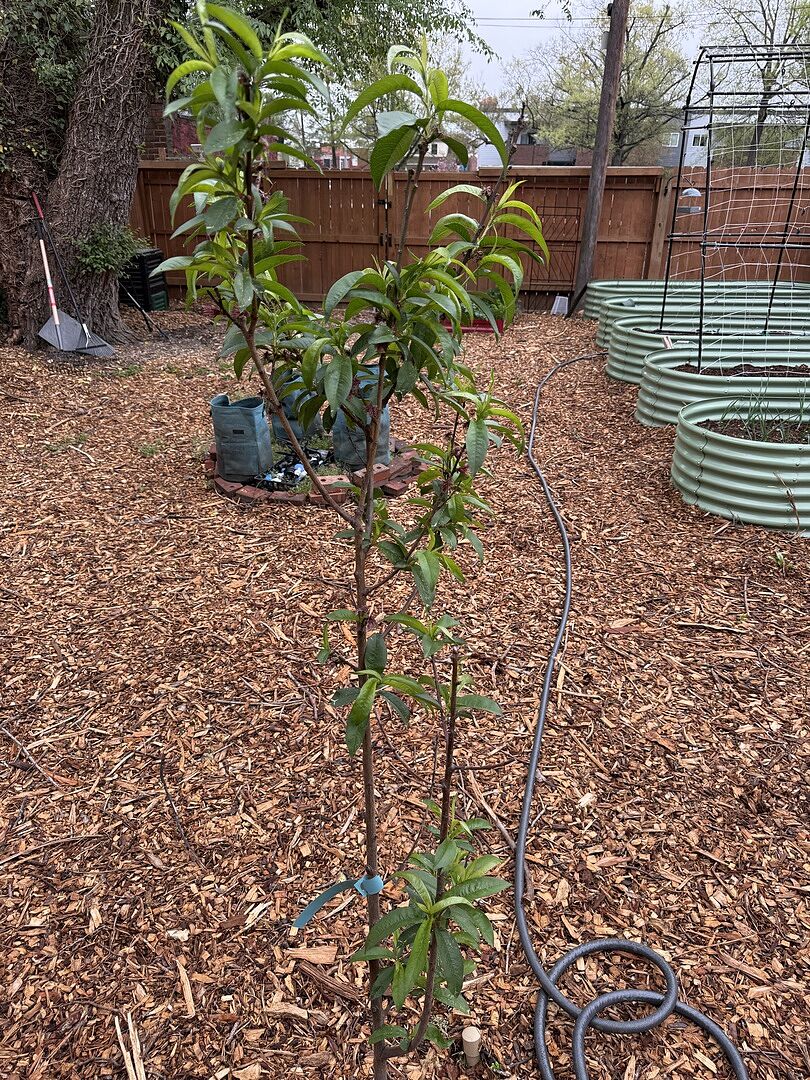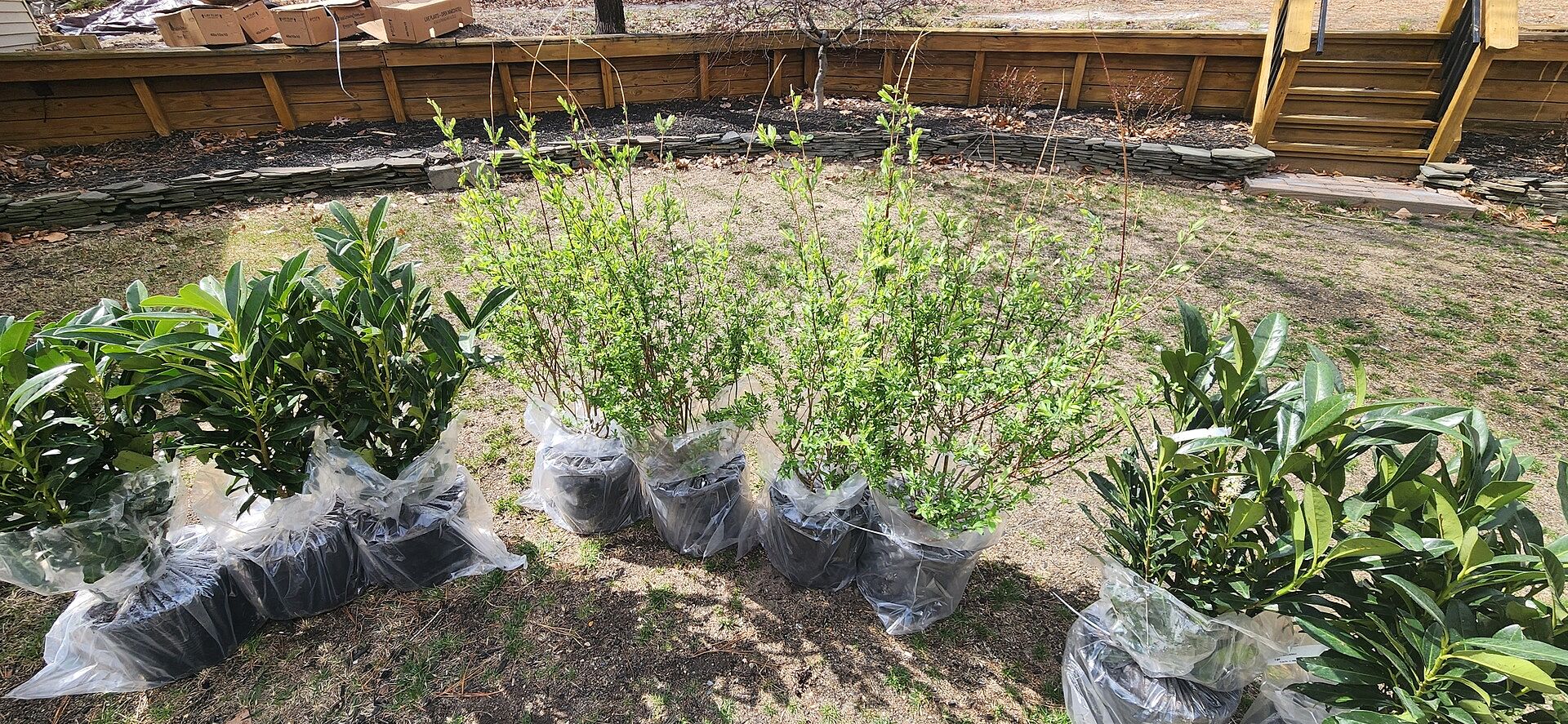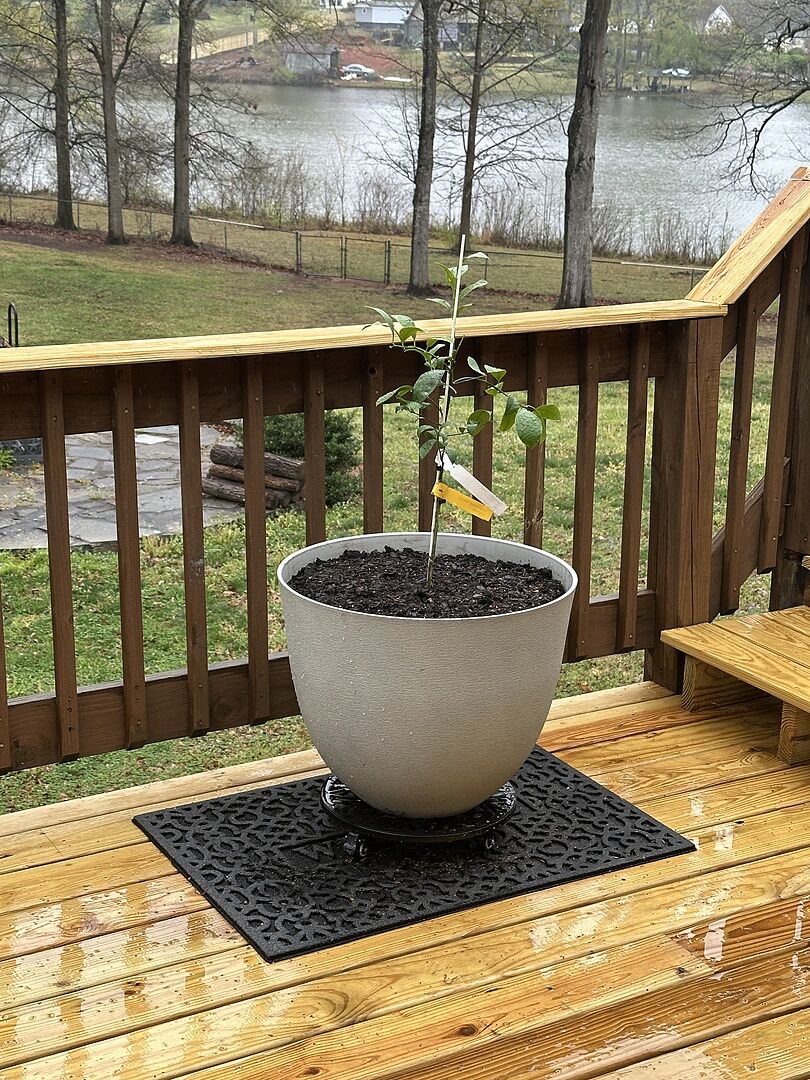Hostas: Growing & Care Guide

Last updated: Nov 02 2023

Hostas are low-maintenance, shade-loving plants that brighten shady garden spots that might be neglected and in need of a refresh. They thrive under tree canopies where other plants may struggle to grow. With over 3,000 varieties of hostas, they will fit any gardenscape and even thrive in containers. The possibilities are endless when adding hostas to your landscape.
Hosta Planting and Care
Location
Growing zones 3-9 are recommended as most hostas need a dormancy period of cold, wet weather for at least 30 days at temperatures below 43F. Cold damage can occur at 28F or colder, and heat damage can occur above 95F. They thrive when planted underneath trees, doubling as protection from the elements and providing shade.
Light
Hostas prefer 4-6 hours of dappled sunlight per day. They should never be in direct, full sunlight and are best planted on the northern side of your home or under the shelter of a tree.
Watering
Hostas don’t like wet feet and will not tolerate standing water. Newly planted hostas will need bi-weekly watering for the first month after planting. Once established, small or medium plants will need a good soak about once a week. Hostas are drought tolerant yet like moist, well-drained soil. If the weather is hotter, increase the watering to two times per week. As the weather cools, reduce your watering to around once a month, completely stopping watering in the wintertime.
Soil
Hostas prefer garden soil rich in organic matter with a pH of 6.5 to 7.5. Garden bedding soil or compost mixed with your local soil is best. If planting in the ground add in some Root Rocket Fertilizer to aid with the transition from a nursery container to the ground. You may want to check the soil pH to determine if adjustments are needed. Cover the area with around a 2-3 inch layer of mulch making sure to keep away from the base of the plant. Over-mulching or too much crowding around the base of the plant causes rot in Hostas.
Fertilizing
Hostas are not high-feeding plants so they do best with a slow-release fertilizer once a year. Fertilize with a balanced fertilizer applied in the spring. Of course, fully read the label before application, as each fertilizer will have different amounts to add.
Suggested Container and Spacing
Container hostas are one of the perennials that grow well in a container. Choose any material container that has drainage holes and is around two inches larger in diameter than the current container it is in.
When planting in the ground, the variety of hosta determines the spacing needed, but in general, avoid overcrowding and plan for around 2-3 feet for each hosta. They look best when their leaves have enough room. Hostas can spread from the root system, so don’t worry about any open spaces when planting, as they’ll fill in. If you don’t wish for the hostas to spread, just pull any up that you don’t want growing.
Note: The hosta is not an aggressive spreader like other plants can be and is easily managed, with most cultivars not spreading at all.
Pruning
Hostas should be cut back in late fall. Healthy hosta leaves can be left on the plant in early fall to capture much-needed energy, but all leaves should be trimmed off after the first frost to deter slugs and other pests from making your hosta their winter home.
You don't need to remove the actively blossoming spikes unless you don't like their look. Removing them usually won't encourage new spikes to form, and it isn't necessary to keep the foliage looking its best. But once the stalks start turning brown and dying back, it's time to remove them before they form seeds.
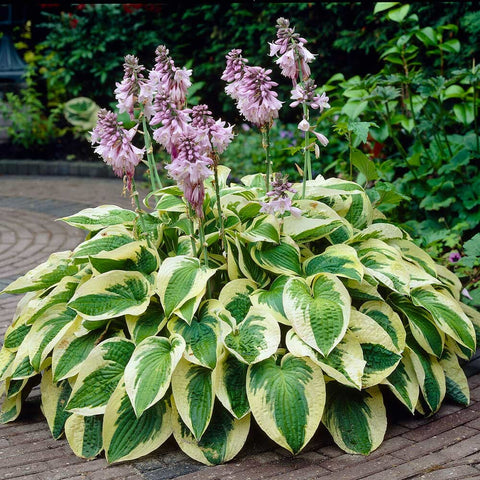
Troubleshooting
|
Issue |
Symptoms |
Treatment |
|
Nematodes |
Brown stripes and dead parts of leaves, no visible pests. |
Since Nematodes are so small that they cannot be seen without a microscope, Use neem oil to target larvae in the soil. |
|
Overwatering |
Yellowing leaves and dropping leaves |
Reduce watering and amend soil if needed to reduce the roots sitting in water. |
|
Animals |
Jagged and torn leaves, bite marks, missing roots, or upturned plants. |
Deer: Use chemical or physical deer repellent. Rabbits and Voles: Cut off any damaged areas and prevent further damage with repellent or physical barriers. For continuing issues, establish a barrier or transfer your Hosta to a container to rejuvenate it. |
|
Blight/Anthracnose |
Very fast wilting and yellowing of the plant with noticeable rot in the crown or center. |
Use a fungicide or isolate the plant while treating it if possible. Avoid watering overhead and only water at the base. |
|
Underwatering |
Crispy, brown edges. |
Your Hosta is too dry or is exposed to too much sun. |
|
Overwatering |
Leaves are drooping, yellowing, and turning brown |
Too much water where the roots are. Allow the area to dry out a bit, and check before watering. |
Suggested Uses
While they’re known for their lush foliage, hostas have some unique flowers that shouldn’t be overlooked. The small trumpet-like blossoms emerge above the plant on a tall flower stalk in the summer.
With their small size of just 1-3 feet tall and wide, hostas fit in even the smallest areas of your space to add color and personality. Plant them as clusters, or accentuate your existing plants by playing with the colors in the leaves.
Try one of these varieties or plant some of each!
- Blue Angel Hostas: hold a blue hue on leaves that can reach 16” long
- Patriot Hostas: do well in both heat and shade
- Wide Brim Hostas: reach 18-24” tall with bright green and ivory leaves and stunning flowers
- Stained Glass Hostas: reach 1-2’ tall and glow with chartreuse leaves and has fragrant flowers
- Guacamole Hostas: reach 1-1.5’ tall and can grow 4' wide with white, funnel-shaped, fragrant flowers
- Francee Hostas: have a delicate appearance due to nodding leaves with white edges
Native Range
In their native home, hostas can be found growing in woodlands and along streams. The earliest hostas probably traveled from their native home in China to Korea and then to Japan. Hosta plants mature within 4-8 years, depending on the variety. Given some care, hostas can live for 30 years.
History
You won’t find any fossils of hostas, but they do have a long history. The first hosta appeared about 8-10 million years ago in China, where they can still be found today. The Dutch first documented them in the 1700s, and later they were cultivated in Europe and then introduced to the United States. Propagation by tissue culture has made unique hosta varieties more available and has increased their popularity. Hosta is also called the Plantain Lily; it is a perennial in the Asparagus family along with Agaves, Dracaenas, and Spider plants.
Companion Plants
To add depth to your garden bed, try adding companion plants to your hostas. Consider plants with harmonizing colors and fine textures. A hosta with blue leaves is complemented by purple, red, or pink flowers, while a variegated hosta with a splash of white or silver looks stunning with white flowers or other plants with silvery leaves.
Try these plants to show off your hostas:

Written by
Barbara Wilkat
Barbara's earlier careers as a graphic designer took her on travels throughout the Middle East and Southeast Asia, where she was able to see how people connected with plants and agriculture. After returning to school for an Associate Degree in Horticulture, she started her own landscape design and maintenance company.
Since then, she's worn different hats in the industry, from horticulturist to landscape designer. Her passion for interior plants exploded when she was able to work for Interior landscaping companies. And while she learns something new about plants everyday, she enjoys helping folks understand plant care.
Featured Product

Tri-Color Dappled Willow
378 reviewsStarting at $24.95














